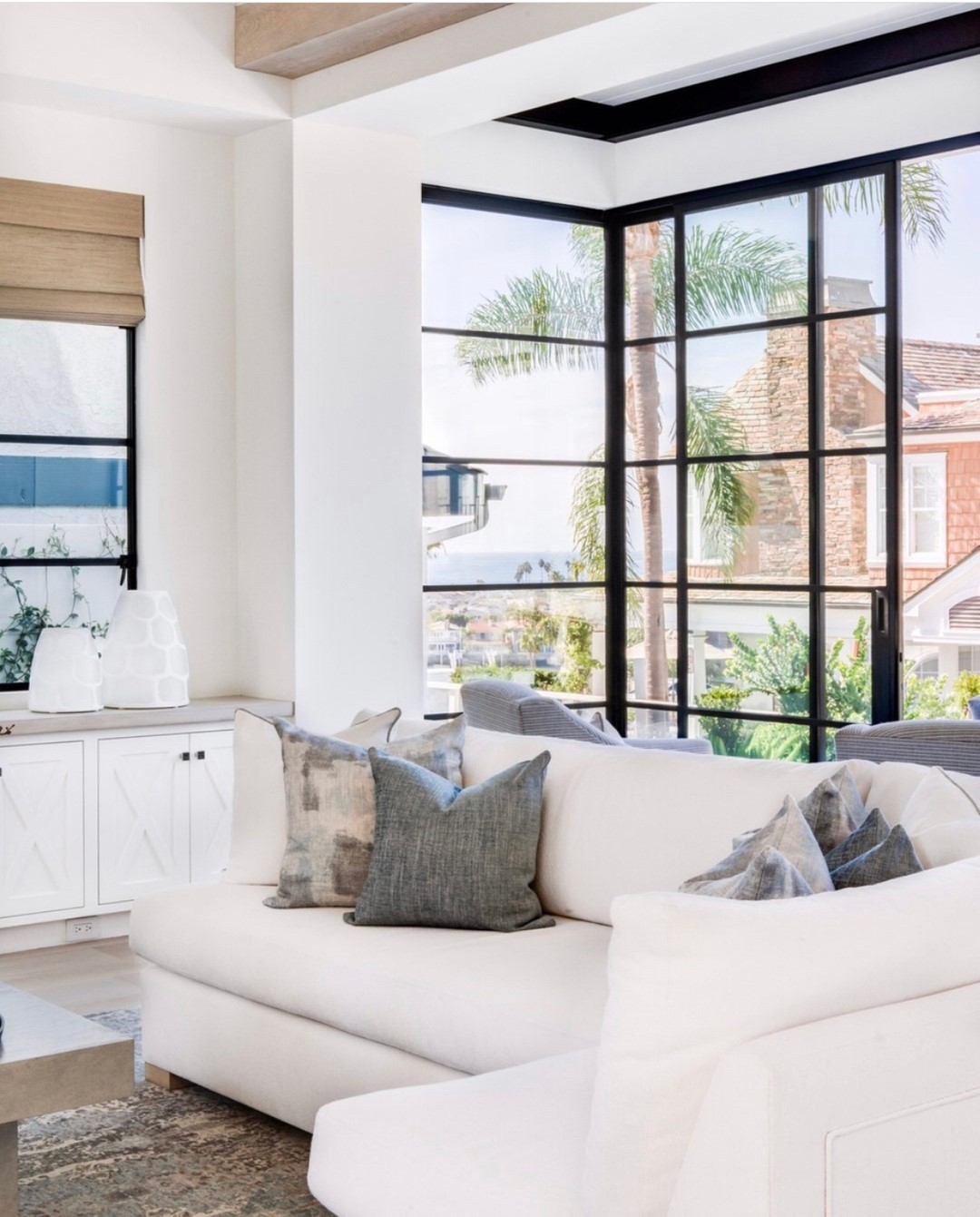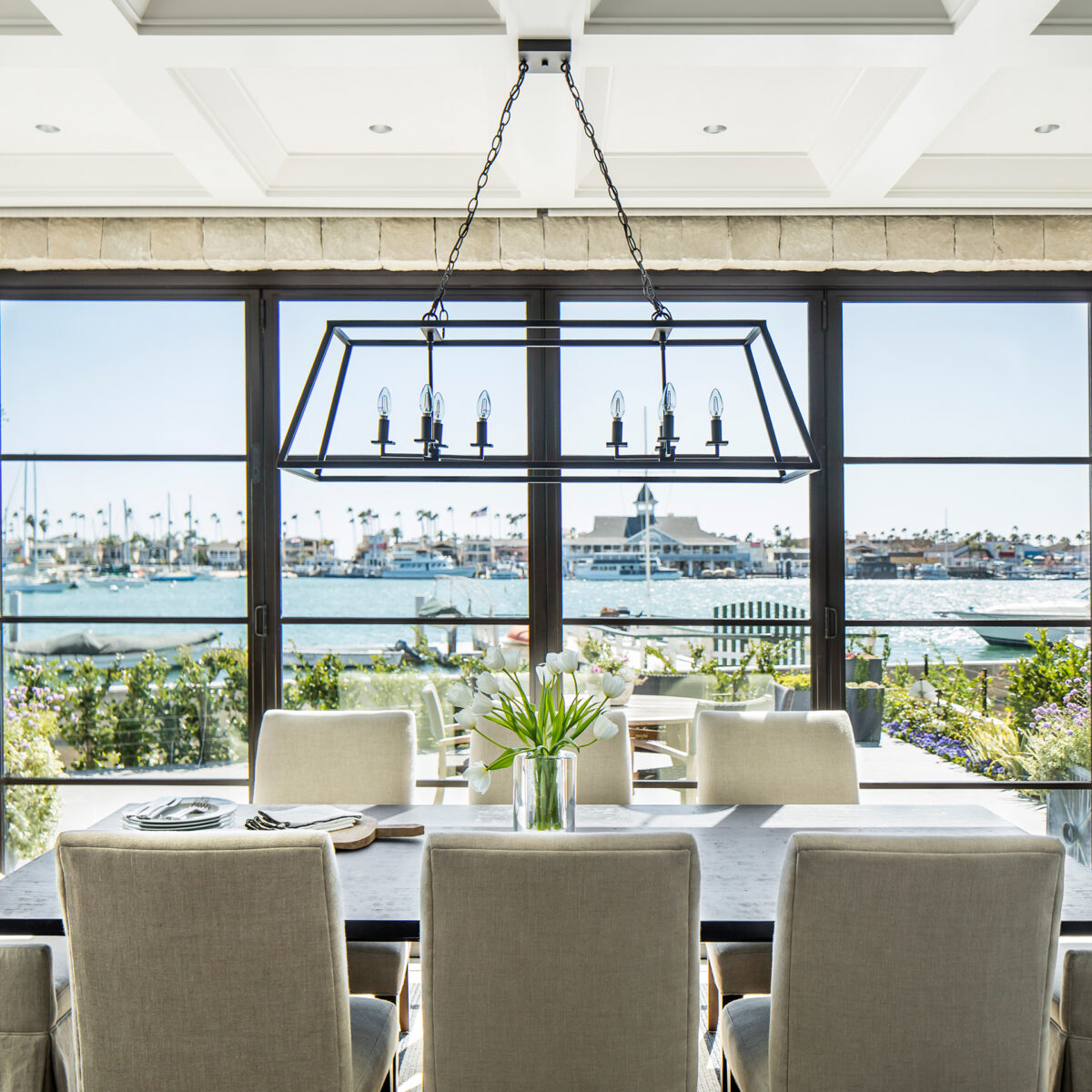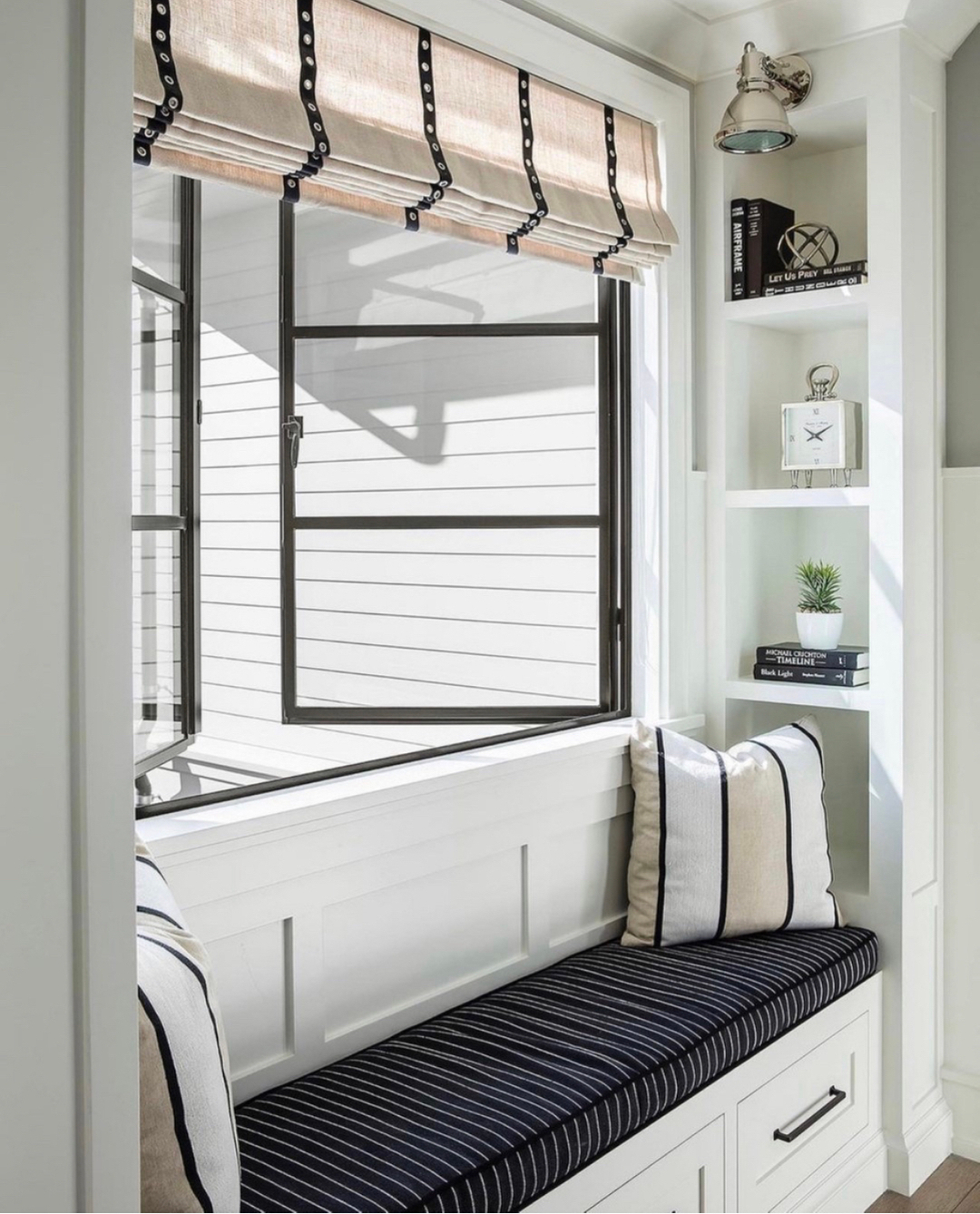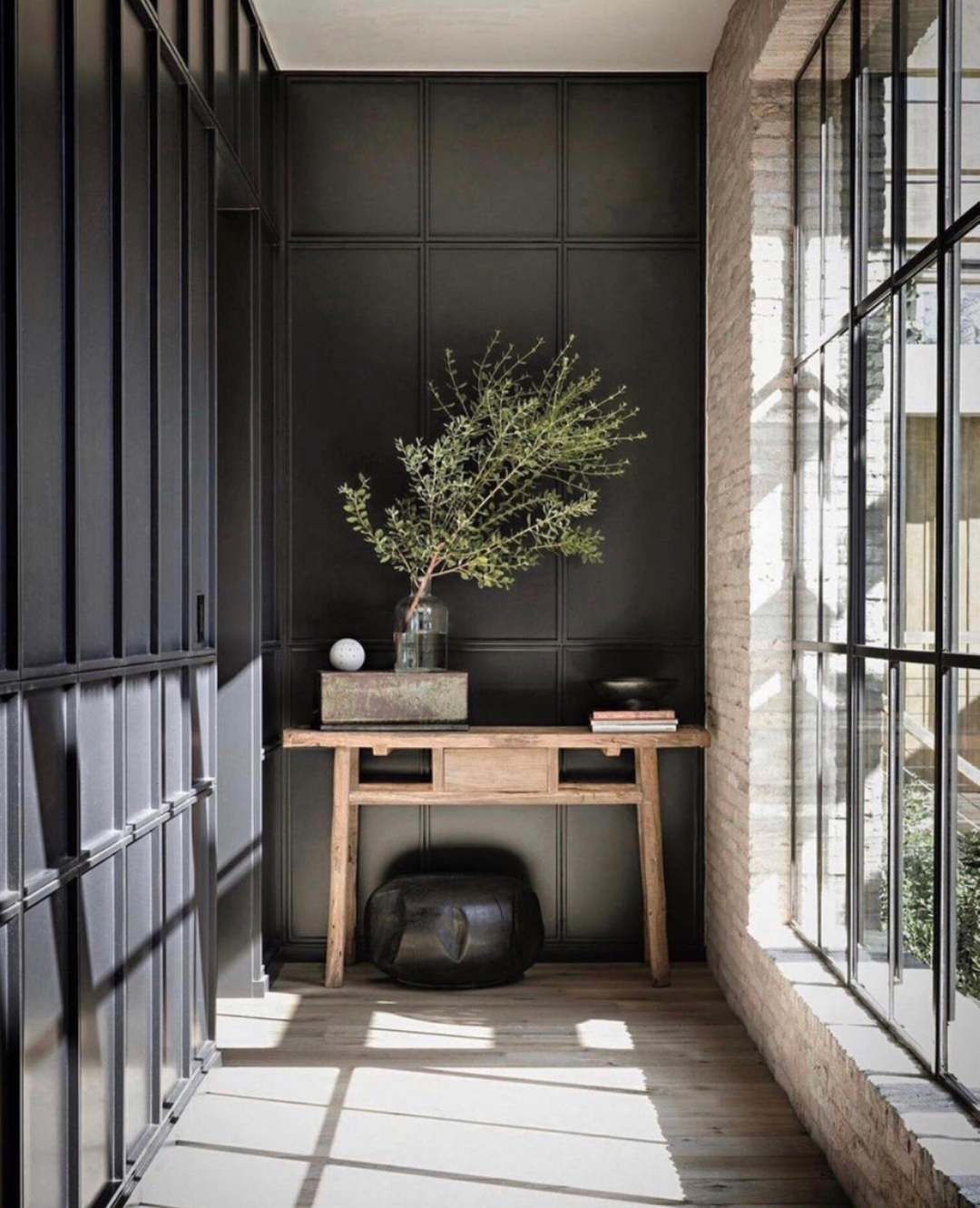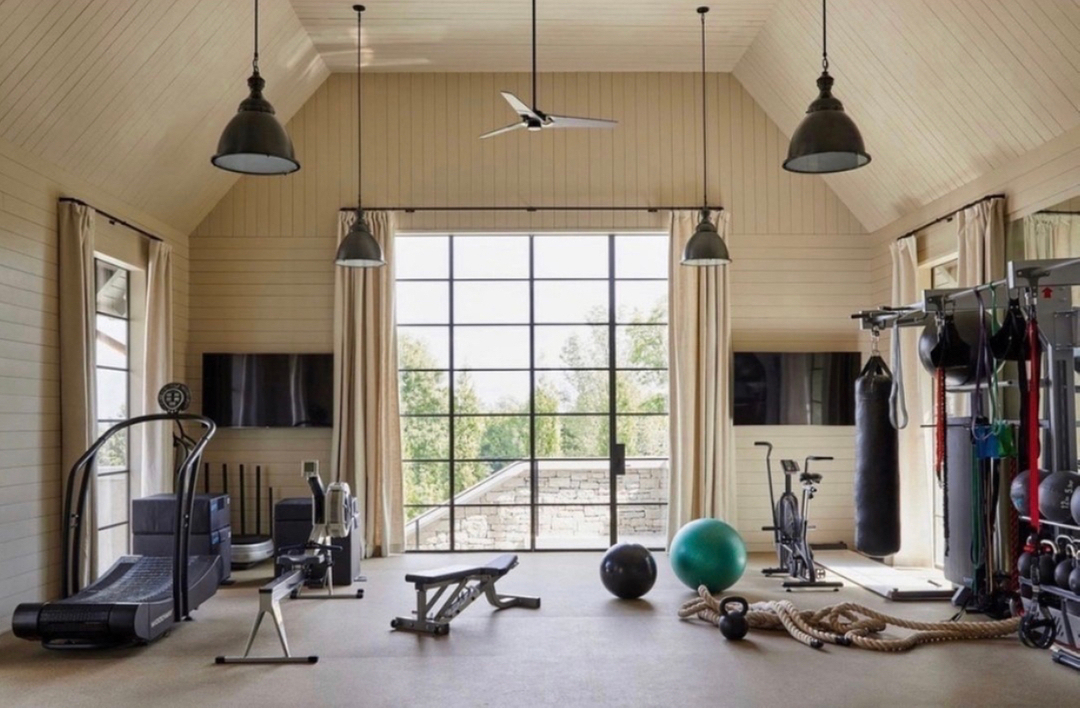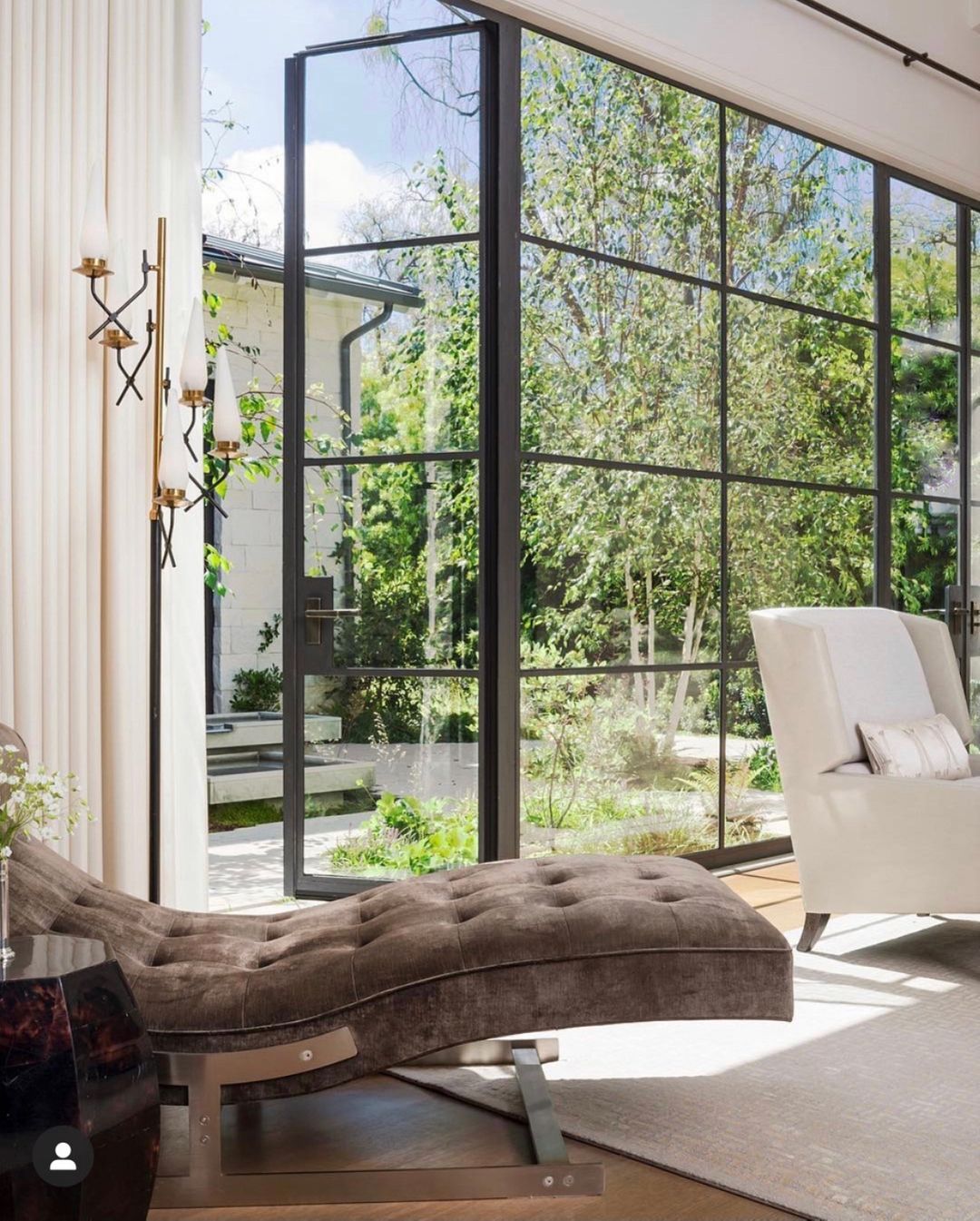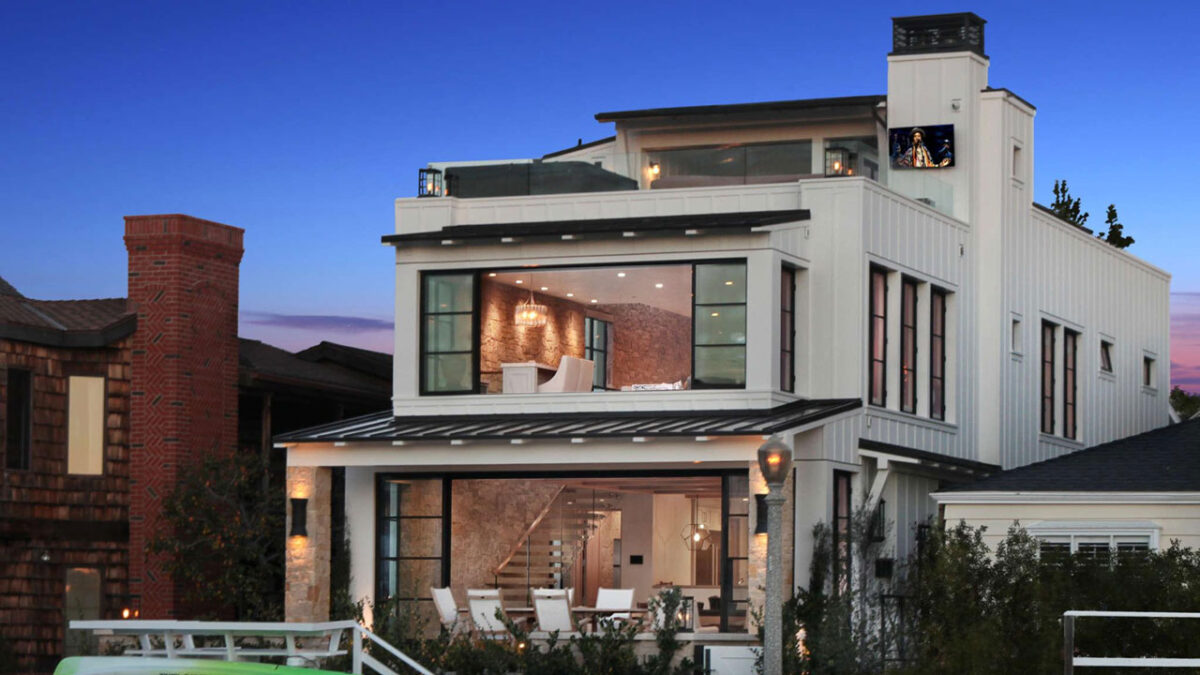Key Takeaways
- Double-hung windows offer a classic appeal and are versatile for various traditional home styles.
- Casement windows provide excellent ventilation and clear views, perfect for Tudor and Cottage homes.
- Bay and bow windows enhance natural light and create extra space, ideal for Victorian homes.
- Sash windows add historic charm and are great for Georgian-style houses.
- Arched windows and transom windows add elegance and extra light, fitting well in Gothic and Colonial homes.
Windows play a crucial role in the overall look and feel of a home. In traditional architecture, window styles are not just about letting in light; they also reflect the character and history of the building.
Choosing the right window style can enhance the charm of your home and ensure that it remains true to its architectural roots.
Understanding the different styles of traditional architecture windows can help you make informed decisions. Whether you are renovating an old home or building a new one with a classic design, selecting the right window style is essential for maintaining the aesthetic integrity of your home.
Different Styles of Traditional Architecture Windows
Double-Hung Windows
Double-hung windows are a timeless style commonly found in traditional homes. They feature two sashes that move vertically, allowing for ventilation from the top, bottom, or both.
- Classic appearance: Double-hung windows offer a classic look that complements most traditional architectural styles.
- Easy ventilation: The ability to open from both the top and bottom provides flexible ventilation options.
- Versatile design: These windows fit well in Colonial, Victorian, and Craftsman-style homes.
Casement Windows
Steel casement windows are hinged at the side and open outward like a door. They are often used in traditional homes where ventilation and unobstructed views are important.
- Excellent ventilation: Casement windows allow for full window openings, maximizing airflow.
- Clear views: With no center sash, casement windows provide an unobstructed view of the outdoors.
- Best for: These windows are ideal for Tudor, Cottage, and French Country-style homes.
Bay and Bow Windows
Bay and bow windows extend outward from the main walls of the house, creating a spacious and light-filled alcove. They are often used in living rooms or dining areas.
- Increased natural light: The protruding design allows more natural light to enter the room.
- Additional space: These windows create extra interior space, which can be used for seating or storage.
- Perfect fit: Bay and bow windows are perfect for Victorian, Edwardian, and Georgian-style homes.
Sash Windows
Sash windows, particularly the traditional sliding sash, are commonly found in historic homes. They consist of one or more movable panels, or “sashes,” that hold the glass panes.
- Historic charm: Sash windows add a touch of historic elegance to any home.
- Space-saving design: The vertical sliding mechanism is ideal for rooms where space is limited.
- Best suited for: These windows are well-suited for Georgian, Regency, and Edwardian-style homes.
Transom Windows
Transom windows are small, horizontal windows placed above doors or other windows. They are often used to enhance the aesthetic appeal of a space and allow additional light.
- Decorative feature: Transom windows add a decorative element to traditional homes.
- Extra light: These windows bring in more natural light without compromising privacy.
- Best for: They are commonly used in Colonial, Craftsman, and Federal-style homes.
Arched Windows
Arched windows have a rounded top, adding a touch of elegance and grandeur to traditional architecture. They are often used as accent windows in living rooms or entryways.
- Elegant design: The curved shape adds a sophisticated look to any room.
- Versatile placement: Arched windows can be used as standalone features or paired with other window styles.
- Ideal for: These windows are ideal for Romanesque, Gothic, and Renaissance-style homes.
Awning Windows
Awning windows are hinged at the top and open outward, creating an awning-like effect. They are often used in combination with other windows or in hard-to-reach places.
- Weather-resistant: The outward opening design prevents rain from entering, even when the window is open.
- Privacy and ventilation: Awning windows provide ventilation while maintaining privacy.
- Best in: These windows work well in Craftsman, Prairie, and Mid-century modern homes.
Things to Consider When Deciding Your Window Style
When choosing the right window style for your home, there are several factors to consider. These considerations will help ensure that the windows you select not only match your home’s architectural style but also meet your practical needs.
Architectural Style of Your Home
Your home’s architectural style should be the primary guide in selecting window styles. Choose windows that complement the historical and aesthetic characteristics of your home.
For example, steel casement windows might be a perfect match for a Tudor-style home, while double-hung windows are ideal for Colonial-style houses.
Energy Efficiency
Consider the energy efficiency of the window style you choose. Windows are a significant source of heat loss in homes, so opting for styles that support energy-efficient glass or double glazing is important.
Steel windows and doors, for instance, can be fitted with energy-efficient glass to reduce energy consumption.
Functionality and Ease of Use
Think about how the windows will function in your space. Do you need windows that provide ample ventilation, or are you more concerned with maintaining a certain aesthetic? Consider the ease of opening, cleaning, and maintaining the windows.
For example, casement windows are easy to open and clean, making them a practical choice for many homeowners.
Natural Light and Views
Windows are the primary source of natural light in a home. Consider how the style of the window will affect the amount of light in each room. Larger windows or styles like bay and bow windows can significantly increase the natural light in your home.
Additionally, if you have beautiful views, selecting windows that maximize those views should be a priority.
Privacy and Security
Depending on the location of your windows, privacy and security may be concerns. Some window styles, like awning or transom windows, provide ventilation while maintaining privacy.
Steel windows and doors offer enhanced security features that can be particularly important for ground-level windows.
Let us Help You Find the Right Kind of Window Style for Your Home
At Euroline Steel Windows and Doors, we specialize in providing high-quality windows that suit various traditional architectural styles.
Whether you are looking for steel casement windows, curtain wall windows, or custom steel windows and doors, our products are designed to complement your home’s design while enhancing security and energy efficiency.
We work closely with homeowners and architects to ensure that every window we install not only meets but exceeds your expectations. Our expertise ensures that your traditional home maintains its charm and character with the perfect window solutions.

